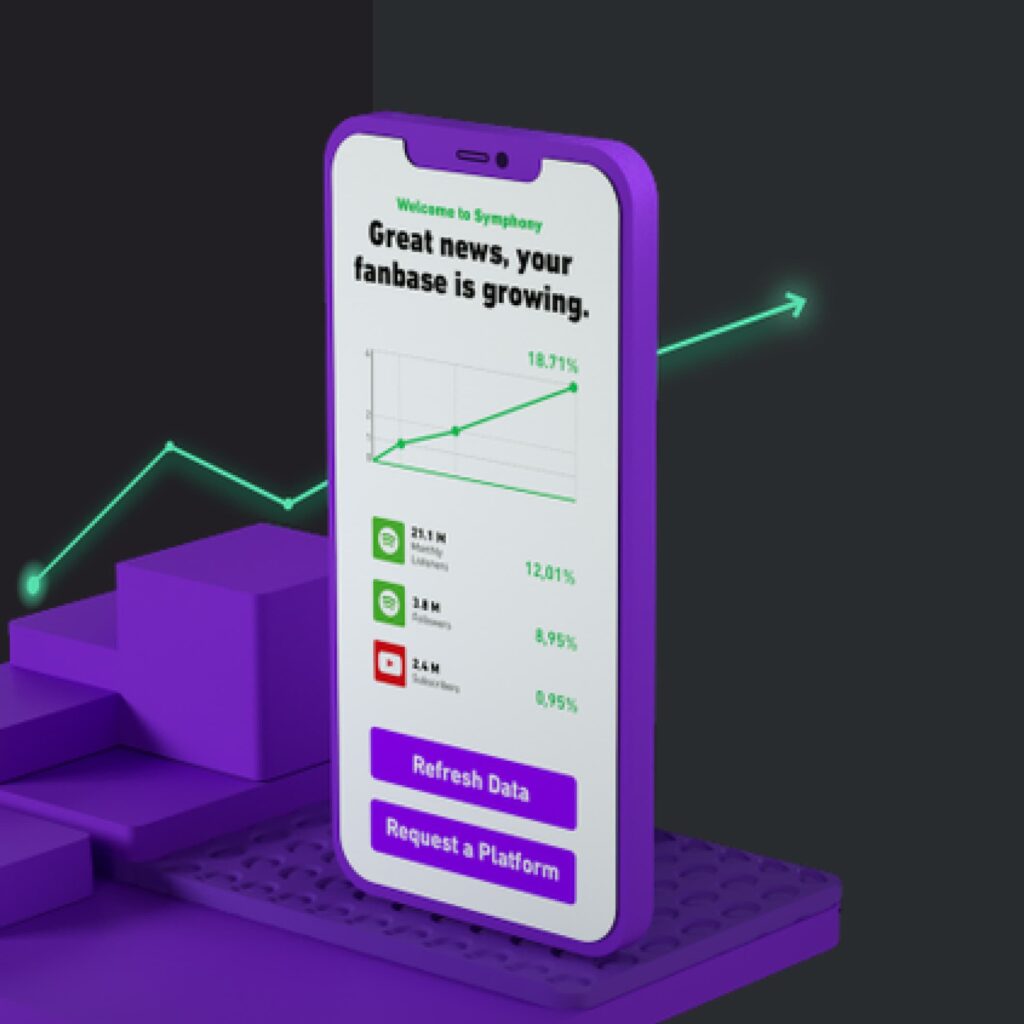Blog
Optimizing Your SaaS: How to Align Tech and Product Teams for Goal Achievement

Aligning your tech and product teams towards one clearly defined goal is paramount for driving success and innovation. Today, we’ll be focusing on exactly how to achieve this synergy by using the one-page product roadmap approach.
A well-coordinated effort between these teams can significantly accelerate the achievement of your company’s goals, helping you make strides toward your overall vision.
The strategy to bring this alignment into effect involves simplifying complex roadmaps into actionable, understandable tasks, and then into shared goals across all teams.
The One-Page Product Roadmap
The one-page product roadmap is a strategic blueprint divided into three phases: short-term, mid-term, and long-term goals.
This roadmap is not just a document but a communication tool that aligns every team member’s efforts toward the company’s overarching objectives.
- Short-Term Goals: Identify what your team is currently working on. This phase focuses on immediate objectives, such as reducing customer churn by 20%.
- Mid-Term Goals: Determine the next significant objective once the short-term goals are met. For example, expanding into a new customer segment to foster growth once the initial market is saturated.
- Long-Term Goals: Envision where you want your company to be in the distant future, including potential exits or achieving a visionary long-term company goal.
By defining clear, tangible goals for each phase, every team member, from engineering to sales, gains a deep understanding of what needs to be achieved and why.
Setting Your North Star Metric
A crucial step in this alignment process is identifying your North Star Metric, a key measure that indicates progress toward your goals.
This metric could be anything from reducing churn to increasing the number of customers from a specific segment.
It serves as a guiding light, ensuring all efforts are directed towards impactful outcomes.
From Goals to Features: The Importance of Purpose
Once goals and metrics are established, you can now shift your focus towards features and epics.
Every feature developed should directly support your business goals.
This approach ensures that your product development is always purpose-driven, enhancing efficiency and effectiveness.
Remember, it is important to align every feature to your business goals and customer needs to create a cohesive strategy that leverages every effort toward achieving your company’s vision.
Preparing for Scale
A forward-thinking aspect of the one-page roadmap is preparing you to scale your saas, anticipate the growth of your customer base, and prepare your teams and systems accordingly.
For example, if you aim to grow from 2,000 to 20,000 customers, the one-page product roadmap ensures every department not only understands but is equipped with the tools and strategies required to support this growth.
This preparation fosters a proactive rather than reactive approach to scaling, ensuring your company is always ready for the next growth phase.
The Power of Clarity and Context
Perhaps the one-page product roadmap’s most significant advantage is its clarity and context to everyone involved in the product’s lifecycle.
From developers to marketers, having a clear understanding of the business context behind decisions empowers team members to make informed, independent choices that align with the company’s objectives.
This empowerment leads to a more agile, responsive, and innovative team dynamic.
Breaking It Down: The Sprint-Based Roadmap
Once the one-page roadmap has provided the company with a macro view of your goals and strategies, you can now even break it down into a sprint-based roadmap for 3 to 6 months can further enhance focus and productivity.
This more granular view allows teams to plan and execute on a shorter timeline, making adjustments as needed while staying aligned with the broader objectives and getting better project estimations.
Conclusion
Aligning your tech and product teams is crucial for achieving your business goals.
By adopting a one-page product roadmap, setting clear goals and metrics, focusing on purpose-driven feature development, preparing for scale, and providing clarity and context, you can ensure that every team member is moving in the same direction.
Struggling to get your teams aligned? Do you feel like you’ve got little to no clarity as to what is being built and why?
We’ve been helping companies run productive development teams for over 10 years now. feel free to reach out.
Get in touch with us!
Read more


Case study:
Symphony
How SymphonyOS built a dynamic, AI-powered app.

How to Use AI for Customer Service & Complaint Management

How to Find and Vet Developers in Eastern Europe & Latin America

How the Adoption of Blockchain is Expected to Revolutionize Remote Work Practices

What is the Purpose of a Product Roadmap
Create a free plan for growth
Speak to Victor and walk out with a free assessment of your current development setup, and a roadmap to build an efficient, scalable development team and product.
“Victor has been great. Very responsive and understanding and really knows his stuff. He can go the extra mile by tapping into his prior experiences to help your company out. Really enjoyed working with him.”
Founder of Agency360

Victor Purolnik
Trustshoring Founder
Author, speaker, and podcast host with 10 years of experience building and managing remote product teams. Graduated in computer science and engineering management. Has helped over 300 startups and scaleups launch, raise, scale, and exit.